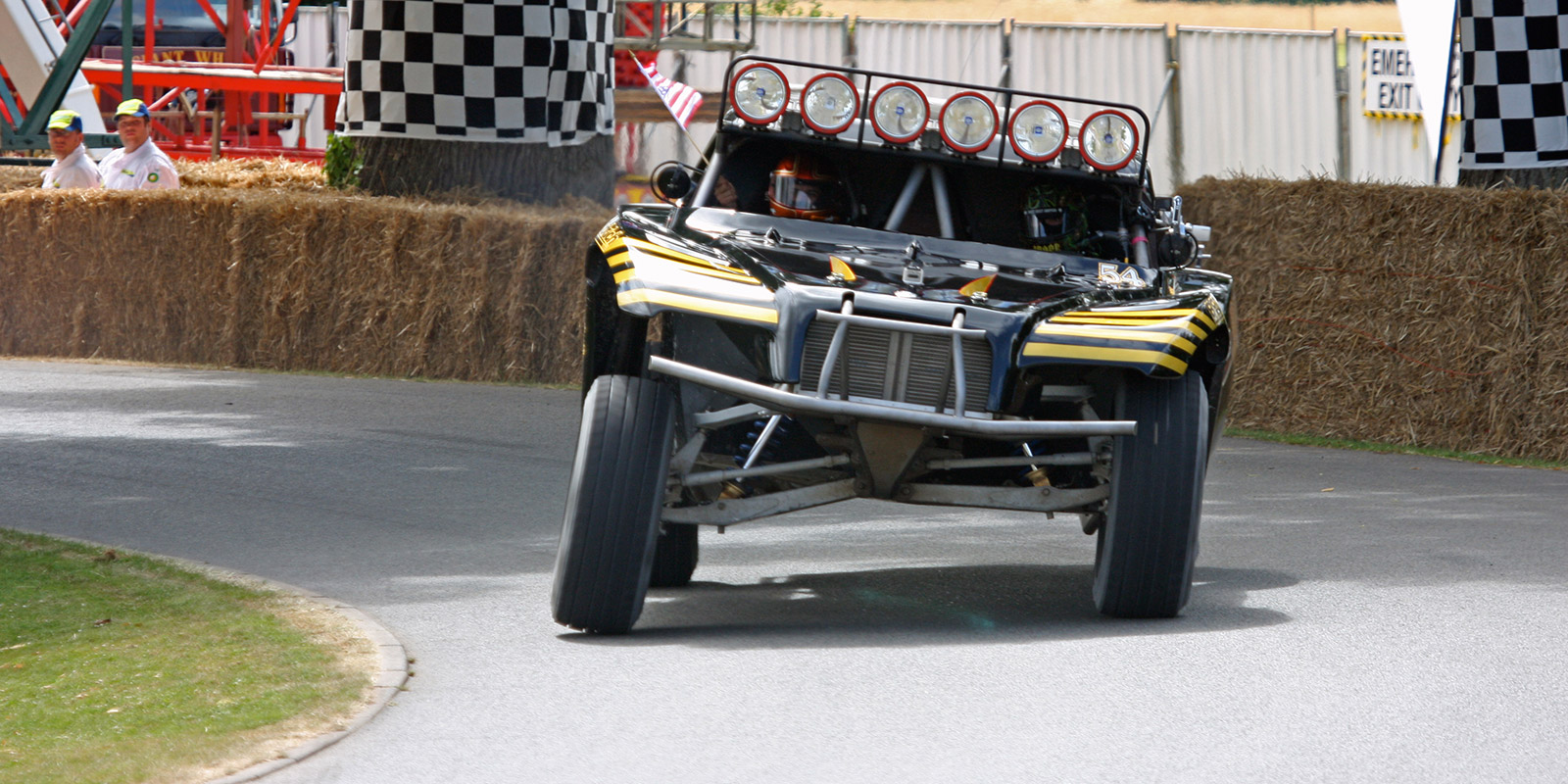
What is pitch, yaw, and roll when driving?
By Prasad Balkhande
Roll, yaw, and pitch are important concepts to understand when it comes to the dynamics of a car. By understanding how these motions occur and what causes them, automotive engineers can design cars that are more stable, handle better, and are safer to drive. As a driver, understanding these concepts can also help you to make better decisions on the road and drive more safely.
Roll motion – Effect of Lateral Dynamic Load Transfer / Motion of car around its Longitudinal axis
• During Turning , the centrifugal force acts outward . Thus , the load increases on the outer wheels and the vehicle tends to roll towards outward direction .
• Lateral load transfer combined with flexibility of suspension system due to spring is the root cause of rolling motion .
• When a car rolls it can affect the car's handling and stability Excessive roll can cause the car to become unstable and potentially lead to a rollover. To prevent this, many cars are equipped with anti-roll bars, which connect the left and right des of the suspension.
Pitch motion – Effect of longitudinal Dynamic Load Transfer / Motion of car around its lateral axis
• During Acceleration , inertia force acts toward rear direction . Thus, the load on front wheels decreases and the load on the rear wheels increases and the vehicle tends to leap backward – this phenomenon is SQUAT
• During Braking , inertia force acts towards front direction . Thus , the load on the front wheel increases and the load on the rear wheels decreases and the vehicle tends to leap forward -the phenomenon is called DIVE
• Longitudinal Load transfer combined with flexibility of Suspension System due to Spring is the root cause of pitching Motion .

Yaw motion – Effect of Lateral Forces / Motion of a car around its vertical axis
• Yaw motion is required to change direction of the vehicle .
• Yaw is cause by the torque applied to the car’s wheels and the car’s ability to resist this torque .
• When a car yaws , it yam affect the car’s stability and handling . If you take a turn too quickly , the car may start to oversteer , causing the rear wheels to side out . To prevent this , many cars are equipped with stability control systems that use sensors and computer algorithms to detect and correct yaw motion .
